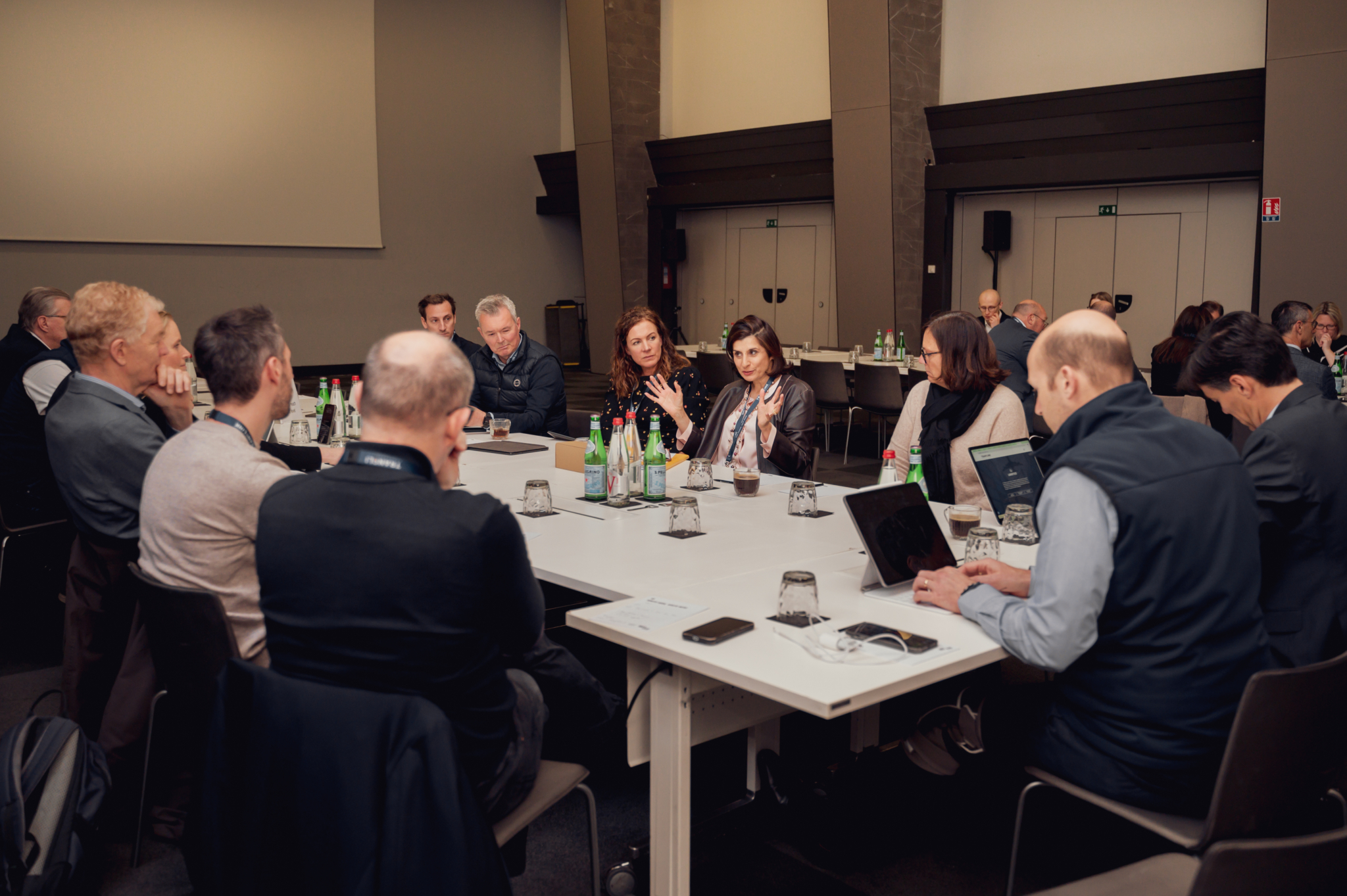By Lina Ismail, Partner at Translink Corporate Finance Belgium
The global logistics sector is at a strategic crossroads. After navigating the turbulence of post-pandemic inflation and supply chain upheavals, the industry is demonstrating remarkable resilience and a return to cautious optimism. According to the Grand View Research, Translink CF analysis, Xerfi, the logistics market is set to grow to nearly $6 trillion by 2030, a growth driven by a rebound in global trade and the enduring rise of e-commerce.
However, this growth is not a return to business as usual. The landscape is being fundamentally reshaped by three powerful, intersecting forces – a profound sustainability mandate, rapid technological disruption, and a fragmented geopolitical environment. In this complex new reality, mergers and acquisitions are evolving from an opportunistic tool to a core strategic imperative. For logistics players, M&A is the primary vehicle for building resilience, securing competitive advantage, and charting a course for future growth.
At Translink Corporate Finance, we continuously analyse the key drivers transforming the sector and we’ve identified the four dominant M&A strategies that industry leaders are deploying to navigate this new terrain.
The three factors reshaping the sector
The current M&A climate in logistics is a direct response to a trio of transformative pressures that are creating new challenges and opportunities.
- Sustainability: With supply chains accounting for over 60% of global carbon emissions, the push for green logistics is no longer a niche concern but a central business priority. Pressure from policymakers, through regulations such as the EU’s Packaging and Packaging Waste Regulation, coupled with demands from both corporate customers and end-consumers, is forcing players to act. This translates to operational shifts toward eco-friendly fleets, green warehouses and new service lines, including reverse logistics and retrofitting to support a circular economy.
- Technology: The pace of technological innovation is relentless. From Artificial Intelligence (AI) optimising routes and predicting demand to the Internet of Things (IoT) enabling smart assets and next-generation trackable packaging, technology is the key to unlocking efficiency. Automation, through robotics in warehouses and the promise of autonomous vehicles, aims to lower costs and address labour shortages. However, this digitalisation also introduces significant challenges, including heightened cybersecurity risks, data regulation complexities and new forms of cargo theft.
- Geopolitics: As an industry intrinsically tied to international trade, logistics is on the frontline of geopolitical shifts. Ongoing trade tensions, rising protectionist policies and tariffs, armed conflicts disrupting key commercial routes, such as the Suez Canal, are forcing a strategic re-evaluation of global supply chains. Companies are intensifying multi-sourcing and near-shoring efforts to build more resilient networks, creating new opportunities for logistics players with strong regional footprints.
M&A as the strategic response
Logistics companies are strategically pursuing M&A in response to these factors. Translink CF’s analysis reveals four primary strategies driving dealmaking activity.
- Achieving critical size: In a market defined by tight margins and high customer expectations, scale remains a critical differentiator. Larger players can leverage economies of scale and scope to offer more competitive pricing, invest in costly technology and sustainability initiatives, and provide a more comprehensive service level. M&A is the fastest path to achieving this critical mass.
- Integrating the value chain: Clients increasingly demand seamless, end-to-end solutions from a single partner. This is driving a wave of vertical integration M&A, where companies acquire new capabilities to gain greater control over the value chain and reduce reliance on outsourcing. These deals aim to streamline processes, improve service reliability and capture more value.
- Penetrating niche logistics: While scale is crucial, specialisation offers a pathway to higher margins and defensive growth. M&A is a vital tool for entering lucrative, high-value niches that require specific expertise and infrastructure. The healthcare and pharmaceutical logistics sector, for example, with its complex requirements for temperature control and regulatory compliance, is a hotbed of activity.
- Expanding the geographical footprint: In a world of shifting trade dynamics, regional strength is a powerful asset. M&A provides an efficient mechanism for entering new markets, expanding reach and building a buffer against regional economic downturns. This strategy is not just about planting a flag; it’s about acquiring local knowledge, customer relationships and physical assets.
Navigating deals where strategic fit is paramount
These strategic drivers are reflected in market valuations noting listed logistics players trading at an average forward EV/EBITDA multiple of 9.1x as of March 2025[1]. This robust valuation underscores investor confidence in the sector’s long-term resilience, but it also highlights the need for deep expertise to navigate deals where strategic fit is paramount.
Translink CF’s role in advising the shareholders of Spedimex on its sale to ID Logistics provides a clear case study. Spedimex, a leader in contract logistics in Poland with expertise in fashion and cosmetics, represented an ideal opportunity for ID Logistics to achieve market leadership in a key European market. The deal’s success resulted from a strong strategic rationale that combined ID Logistics’ global scale with Spedimex’s deep sectoral and regional expertise.
Translink CF leveraged its cross-border capabilities and sector knowledge to ensure the family-owned business was placed in the best possible hands for its future growth and security.
Cross-border capabilities and sector knowledge get the deal done
The logistics sector is in a period of dynamic transformation. The challenges of sustainability, technology and geopolitics are immense, but so are the opportunities for companies that can adapt and innovate. M&A has become the definitive tool for this adaptation, enabling players to build scale, integrate services, capture niche markets and expand their geographic reach.
In this environment, success requires more than just capital; it demands foresight, deep sector-specific knowledge and the ability to navigate complex cross-border transactions. With over five decades of experience and a global footprint, Translink Corporate Finance can guide clients through these complexities, safeguarding their strategic ambitions and ensuring they get the deal done.
Look out for Translink CF’s latest M&A Logistics Insights Report – coming soon!
Ends.
[1] Grand View Research, Translink CF analysis, Xerfi



